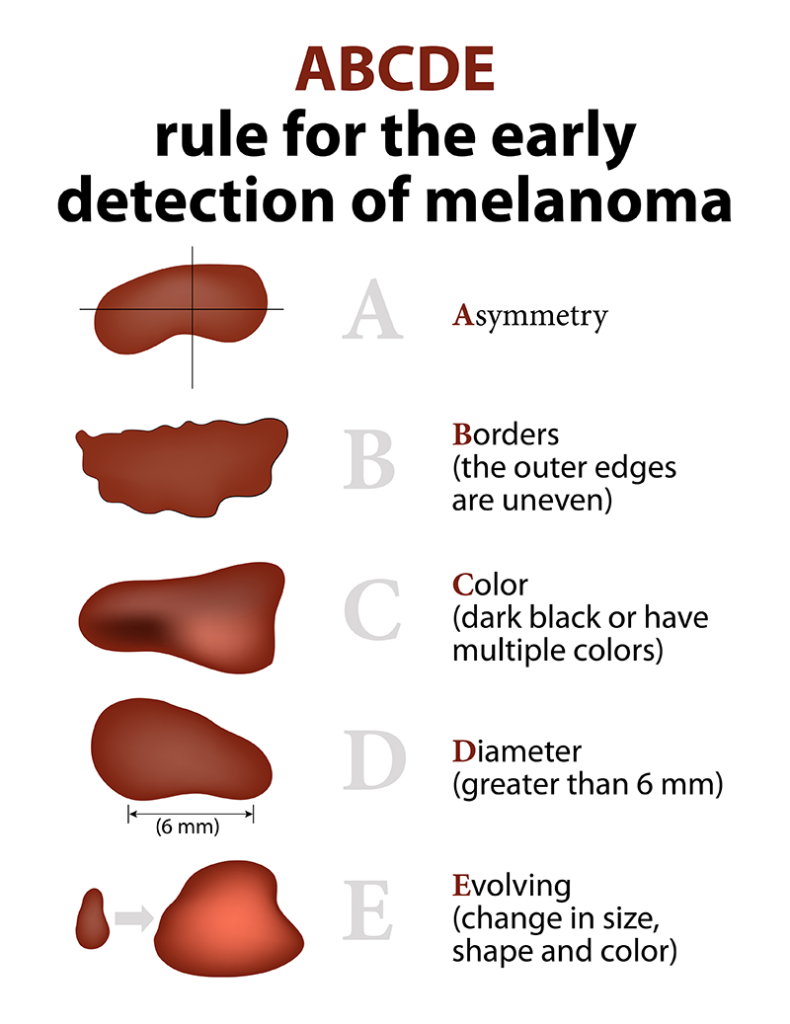
Naples, FL Plastic Surgeons Provide Skin Cancer Detection Advice
Florida’s designation as the “Sunshine State” certainly contributes to its appeal as a great place to live but the distinction comes with a cost. That bright and shining, year-round sunshine increases the population’s exposure to harmful UV rays, which can cause skin cancer. In fact, Florida has the highest skin cancer rate in the U.S., at 7.1 percent. This is more than a percentage point higher than the four other states with the highest skin cancer rates, and more than four percentage points higher than the five states with the lowest rates.
While many people might assume that skin cancer treatment would fall under the purview of oncology or dermatology, most plastic surgeons are trained in skin cancer diagnosis and treatment. Not only can plastic surgeons successfully remove skin cancer growths, but their aesthetic training makes them uniquely qualified to mitigate potential disfigurement and/or scarring caused by the cancer’s removal.
The surgeons at Naples Plastic Surgery in southwest Florida have extensive training and experience in skin cancer removal and reconstruction. Each of our surgeons is highly adept at complete skin cancer removal and in performing advanced wound repair procedures that optimize cosmetic recovery.
Early Detection Key for Succesful Outcomes
Drs. Gardner, Baccaro, Bonett and Walsh encourage all of their Naples-area patients to conduct regular self-inspections of their skin for signs of skin cancer. When detected early, skin cancers are easier to remove and typically require less invasive procedures for removal. In cases of melanoma and squamous cell carcinoma, early detection can also save your life, as they are the deadliest skin cancers.
Skin cancer is essentially the abnormal growth of skin cells. Thus, any abnormal changes to the skin warrant closer examination, especially blemishes or growths that rapidly change or bleed easily.
To conduct a self-skin exam, inspect all areas of your body with the use of a full-length mirror and hand mirror. You’ll be able to view most of your skin by positioning your body in different poses in front of the full-length mirror. The hand mirror can be used for a closer inspection of the back of your neck and scalp. Take note of all moles and other irregular skin surface areas so that you can assess any changes to them during your next inspection.
If you have an irregular surface of concern, take a photograph of it, and inspect it within a month to assess whether there have been any changes. Even the most subtle change should be followed up by an examination by a dermatologist or plastic surgeon.
Irregular Surfaces of Potential Concern
Basal cell carcinoma, the most common form of skin cancer, is characterized by small pink or flesh-colored lesions that may be flat or slightly raised. Typically a quarter-inch to 3/4s of an inch in diameter, such lesions tend to bleed easily, are crusty, and are marked by a hole.
Squamous cell carcinomas (SCCs) first present as precancerous, pink-colored, scaly lesions that are usually found on the head, neck, or trunk of the body. If SCC, the lesions will develop into a raised plateau, wound-like structures with smooth edges. Usually smaller than 3/4s of an inch in diameter, the lesion might itch and bleed easily, but don’t grow in size. Of greater concern, though, is their spread and growth in numbers.
The ABCDE Method for Melanoma Detection
The most deadly skin cancer, melanoma, has more distinguishing features than other skin cancers. If caught in its early stages, though, melanoma can be cured. For early detection doctors recommend the easy-to-remember ABCDE method for examining blemishes, moles, or other growths for potential melanoma warning signs. If you answer yes to these questions, you should schedule a professional examination:
- Asymmetry—does the growth lack uniformity in appearance in which one half does not match the other half?
- Border—does the growth have an irregular, choppy, or hard-to-distinguish border?
- Color—is it marked by varied colors in different areas, such as varied shades of brown, black, and tan, or perhaps have areas with white, red, or blue coloration.
- Diameter—is it larger than the end of a pencil eraser (just over a quarter-inch)?
- Evolving—does the blemish look distinctly different from others on your body and does it seem to be changing in size, shape, or color over a short period of time?

Naples Plastic Surgery Can Help You Address Skin Cancer Concerns
Whether concerns about skin irregularities discovered during a self-exam or an existing skin cancer diagnosis, Naples Plastic Surgery can help you take the next steps. We provide quick diagnostics to assess suspicious skin growths and offer skilled procedures designed to eliminate the cancer, optimize recovery, and preserve or reconstruct healthy skin. With the acceptance of many insurance plans for skin cancer removal, contact Naples Plastic Surgery today at 239.566.2611 to schedule your initial consultation.

